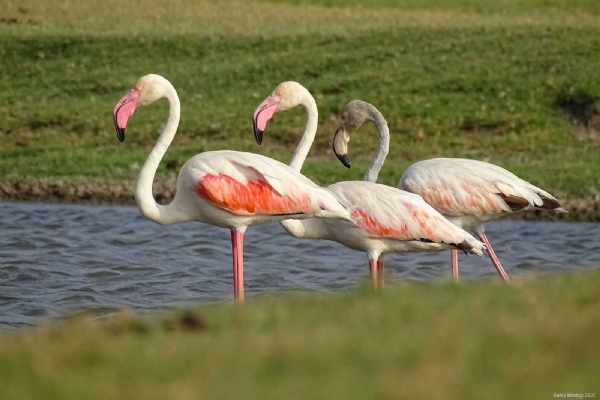5 more Indian wetlands get international tag of Ramsar site, total stands now at 54
27 Jul 2022 10:32:24
New Delhi, July 27: Putting more emphasis on environmental conservation, India has designated five new Ramsar sites, wetlands of international importance under the Ramsar Convention, also known as The Convention on Wetlands. The new Ramsar sites in India include three wetlands in Tamil Nadu, one in Mizoram and one in Madhya Pradesh. This takes the total number of Ramsar Sites in India to 54. Earlier, the number of Ramsar sites in India stood at 49.

The main aim of the Ramsar wetlands in India is to develop and maintain an international network of wetlands that are important for the conservation of global biological diversity and sustaining human life.
These five Ramsar sites are among the list of over two dozen sites from across the country which India has been pushing to get them designated under Ramsar Convention -- an intergovernmental global treaty to preserve ecological character of selected wetlands across the globe. Once accepted, the total number of such wetlands in India will be 75 this year when the country completes 75 years of its independence.
The 5 new Ramsar Sites in India-
4. Pala wetland
5. Sakhya Sagar
Union Environment Minister Bhupender Yadav tweeted, "The emphasis PM Shri @narendramodi ji has put on environmental protection and conservation has led to a marked improvement in how India treats its wetlands. Delighted to inform that 5 more Indian wetlands have got Ramsar recognition as wetlands of international importance."
The Environment Ministry is currently implementing a centrally sponsored scheme namely National Plan for Conservation of Aquatic Eco-systems (NPCA) for conservation and management of identified wetlands (including lakes) in the country on cost-sharing basis between central government and respective state governments.
The scheme covers various activities such as interception, diversion and treatment of wastewater, shoreline protection, lake front development, in-situ cleaning i.e., desilting and de-weeding, storm water management, bioremediation, catchment area treatment, lake beautification, survey and demarcation, bio-fencing, fisheries development, weed control and biodiversity conservation.